Running many WordPress websites one by one can take time and be tricky. Keeping up with each site’s updates, plugins, and designs takes work. This can make things messy and give headaches to people who manage websites.
Every site needs particular attention, like fixing security issues because sometimes sites do not provide a secure connection, or like adding new stuff. It feels like there’s always more to do, and ensuring every site matches your group’s style and rules can be challenging – like trying to control a bunch of wild cats!
This guide contains all about WordPress Multisite. In this guide you’ll learn about:
- WordPress multisite features
- How to set up WordPress multisite on VPS
- How to manage WordPress multisite
- and lots more
Table of Contents
Chapter 1
WordPress Multisite
Welcome to the first chapter of this guide. If you are wondering what is WordPress multisite, its importance, and its features then this chapter is for you.
Introduction to WordPress Multisite
Think of WordPress Multisite as a unique tool that makes managing multiple websites easy. It’s like having a magic wand that lets you create and control many websites in one spot. Picture a big house with many rooms – each room is a different website, and Multisite helps you organize them from one convenient control panel.
Assume you’re a teacher looking to build a website for each class. Multisite enables you to create a website for each class easily. Each class can share homework, photos, and updates. And the best part? You only need one username and password to manage all the websites!
WordPress Multisite Features:
Let’s check out some neat stuff you can do with WordPress Multisite!
- Create Multiple Websites
With Multisite, you can make many websites for your school, business, or personal stuff.
- Centralized Management
Handling many websites is easy with Multisite. You can change themes, add new stuff, and check comments in one place. It makes managing websites simpler and faster.
- Customize Each Website
Think of Multisite like decorating your house. Each website you create may have a unique style and feel, just like each room in your home does. You may choose numerous themes, colors, and layouts to meet the demands of each site.
- Share Resources
With Multisite, you can quickly share plugins and themes across your websites. So, instead of installing the same plugin on each site, you only need to activate it once, and it will operate across all of them!
Note: If you manage many comparable websites or have numerous personnel working on separate sites, consider adopting WordPress Multisite. It’s like having a large crew of builders who can concurrently work on different portions of the same project.
Chapter 2
WordPress Multisite Installation on a VPS
You have learned all about the basics of WordPress. Now it’s time to learn how to install WordPress Multisite on VPS in this chapter. Let’s get started!
Setting Up Your VPS
Start by getting your VPS ready for WordPress Multisite. You should pick a good VPS provider like VPS Malaysia. After you’ve chosen a plan and signed up, follow their instructions to set up your server. They usually have step-by-step guides that are easy to understand!
Installing WordPress
Now that your VPS is running, it’s time to put WordPress on it. It’s easy. Many VPS providers have a button that installs WordPress in just one click. You don’t have to do any tricky setups. Just click the button, follow the instructions, and boom! WordPress is on your VPS in no time!
Enabling Multisite
So you’ve got WordPress installed and ready to go. Now, let’s speak about activating Multisite. It may seem not very easy, but it is relatively simple! You must include a few code phrases in two files: wp-config.php and .htaccess discussed in the next chapter. Once you’ve done that, you’ve unlocked the incredible power of Multisite.
Configuring Multisite
Now that you’ve enabled Multisite, you may customize it to your liking.
- First, decide whether you want to utilize subdomains (like blog.example.com) or subdirectories (like example.com/blog) for your network.
- Next, you will name your network and provide the administrator’s email address.
- Finally, you’ll determine which language your site should be in by default. Once you’ve chosen all these decisions, save your edits, and you’re done!
Chapter 3
WordPress Multisite Setup
When launching WordPress Multisite, you have two options: create or add a new site to an existing one. Both methods are effective, although they differ somewhat. Let’s start with the first option in this chapter: enable WordPress Multisite for a brand-new website.
WordPress Multisite Setup with Auto-installer:
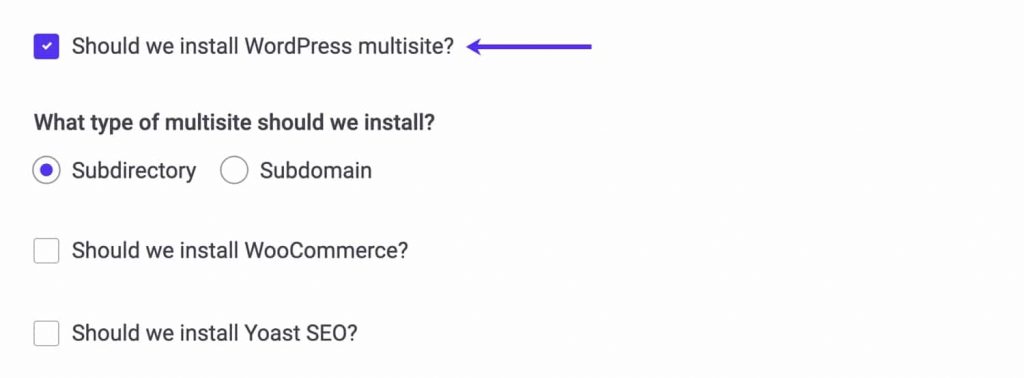
You may enable Multisite while installing WordPress using your hosting company’s automated installer. When you install WordPress, you may allow Multisite to work simultaneously.
Simply click the “Should we activate WordPress Multisite?” box, and Multisite will be ready for usage on your new site. You may also choose whether to use subdomains or subdirectories.
Activating Multisite Yourself
To start, you need to find your WordPress files. Use SFTP and a code editor to do this. Remember to save a copy of your files before you begin.
- First, open the wp-config.php file in your code editor. Then, add a line of code just above another line.
/* That’s all; stop editing! Happy blogging. */
- Add this line of code:
define( ‘WP_ALLOW_MULTISITE’, true );
Then save your file.
Next, open up your website’s admin area in your web browser. Look for the Network Setup option under Tools. Decide if you want to use subdomains (like blog.yoursite.com) or subdirectories (like yoursite.com/blog), and fill in the necessary details. Then, click Install.
You’ll see some code on the Network Setup page. Copy and paste this code into two files named wp-config.php and .htaccess. If it asks, replace any existing code with the new code.
After saving and closing the files, return to your site admin area. Follow the Network Setup page link to log in to your network.
Your admin screens will have a few changes. You’ll see a new option called My Sites and another called Network Admin in the toolbar. Explore these to access your network dashboard.
Activating Multisite on an Existing WordPress Site
If you wish to enable Multisite for an existing website, follow the same steps as previously. But if your site has been up for over a month, you should utilize subdomains rather than subdirectories.
Subdomains vs Subdirectories
When creating a Multisite, you get to pick between subdomains & subdirectories. Subdomains are like this:
https://site1.yournetwork.com, while subdirectories look like https://yournetwork.com/site1.
If you wish to utilize domain mapping to give each website a distinct name, it makes no difference, whatever choice you make.
Chapter 4
Manage Sites In A WordPress Multisite Network
Now that your network is running adding a few websites is time. This may be done in two ways: through the admin panels or directly on the home page of the leading website. Let’s start by learning how to do it through the admin screens.
Adding a Site via the WordPress Admin
- To start, go to the network admin dashboard. You’ll see a bunch of options on the left side. Click on the “Sites” link.
- At first, you won’t see any sites listed. That’s okay! If you need to add a new site, click “Add New.”
- You’ll need to fill in some information about the new site. Once you’re done, click on “Add Site.”
- Your new site will now be on the list for you to see.
- You’ll see some choices if you hover your mouse over the site name. You can edit settings, visit the dashboard, deactivate, archive, mark as spam, or delete the site.
Creating a Site from the FrontEnd
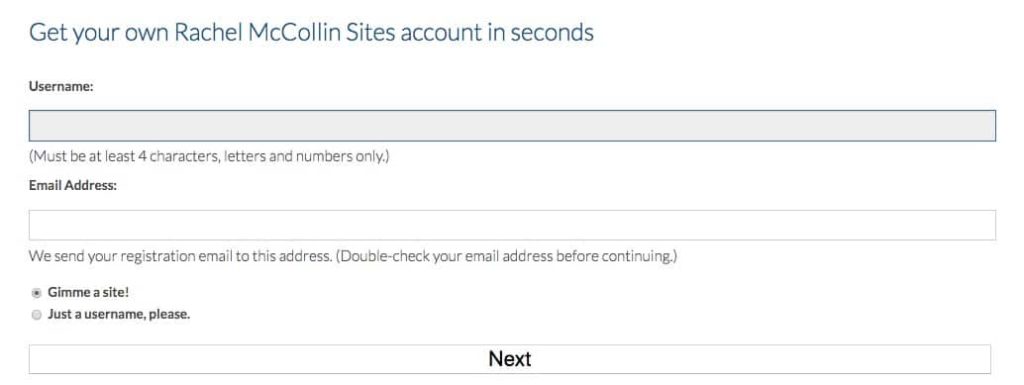
- If you let people make their websites, they can do it on the main page called “/wp-signup.php.”
- You can choose if they can make a website and an account simultaneously or just a website.
- You can change the settings if you don’t want people to make their sites.
WordPress Multisite can manage hundreds or thousands of websites! However, just as when hosting a large party, you must ensure that you have enough food and beverages for everyone. With Multisite, you must guarantee your server can handle all the websites without getting slow.
Domain Mapping
Domain mapping helps you use your particular website address for a site in your group.
- First, make sure your website address is connected to your group.
- Then, go to the main admin screens and change the site’s settings to include the website address.
- Save the changes, and now your site will use the new address.
Cloning Sites
Sometimes, you can make a copy of a website to save time. To do this, you can use special tools called plugins. Two popular plugins are MultiSite Clone Duplicator and NS Cloner – Site Copier.
- After installing and activating one of these plugins, go to the settings panel on your website.
- You will see a listing of your websites.
- When you hover your mouse over a website’s name, you will get the option to replicate it.
- Simply select that option, and you’ll have a copy of your website ready to go!
Deactivating or Deleting Sites
If you want to take a website offline, you have a few choices:
- Deactivate: This stops people from seeing the site, but you still have all the files and information.
- Archive: This also hides the site, but you can still find it later.
- Spam: This eliminates the site by marking it as spam.
- Delete: This removes the site and everything on it.
Chapter 5
Pros and Cons of WordPress Multisite
In this chapter, we will discuss both the advantages and disadvantages of utilizing WordPress Multisite. Let’s look at the pros and cons of using WordPress Multisite.
| Pros of WordPress Multisite | Cons of WordPress Multisite |
|---|---|
| You can manage all your websites from one place, offering a big control center. | It might be challenging to set up and use, especially if you are new to WordPress. |
| It’s much easier than logging into each site individually. | With many users, websites may load slowly or crash. |
| Even with many websites, you may only need to pay for one WordPress Multisite hosting package, potentially saving money. | Some plugins and themes might work differently or not at all, complicating control over the sites. |
| You can maintain the same design and functionality across all sites, ideal for keeping your brand consistent. | If one site is compromised, it could affect all other sites in the network, necessitating strong security measures. |
| You may provide other users access to other sites, making it easy to collaborate with your team or allow clients to run their sites. |
Chapter 6
WordPress Multisite SEO
In this chapter, we’ll discuss how WordPress Multisite could change how high up your website shows on Google and other search engines. Knowing these things will help you decide how to improve your Multisite network for search engines.
SEO Benefits of WordPress Multisite
Let’s talk about how using WordPress Multisite can help you with SEO, which means making your websites more accessible to find on the internet:
- Linking Between Websites: With Multisite, you can easily connect your different websites. This helps search engines like Google find and show your content to people searching.
- Central SEO Settings: You can set up important SEO stuff, like meta tags and sitemaps, in one place for all your sites. This makes it simpler to manage and keeps everything consistent.
- Sharing Content: Multisite allows you to share articles and posts across your sites. This means more people will view your material, which may draw more traffic from search engines.
SEO Considerations for WordPress Multisite
Here are some essential things to think about when using WordPress Multisite for your website:
- Watch out for duplicate content: Since Multisite shares content across many sites, you might end up with the same stuff in multiple places. This can make search engines unhappy and hurt your site’s ranking. To fix this, use canonical tags and other tricks to show which version of the content is the original.
- Keep an eye on your server: Multisite can make your server work harder, which might slow down your site. Search engines like fast sites affect how high up your site appears in search results.
- Remember maintenance: When utilizing Multisite, keeping all your sites up to date and search engine optimized can be challenging, especially if you have many sites to manage. Keep your sites organized and inspect them regularly to verify they follow top SEO strategies.
Remember: Yes, SEO ensures your website pops up when people look for stuff online. With WordPress Multisite, you can still do great SEO, but you must be careful. You need to make sure each website has its unique content.
Conclusion
You made it to the end of the helpful WordPress Multisite guide! This article helped explain Multisite and gave you the courage to utilize it in your projects. WordPress Multisite may make things much easier for you, whether you manage a few or many sites.
Do you have questions about Multisite, or would you like to share your experiences? Please leave a remark below – we would love to hear from you!

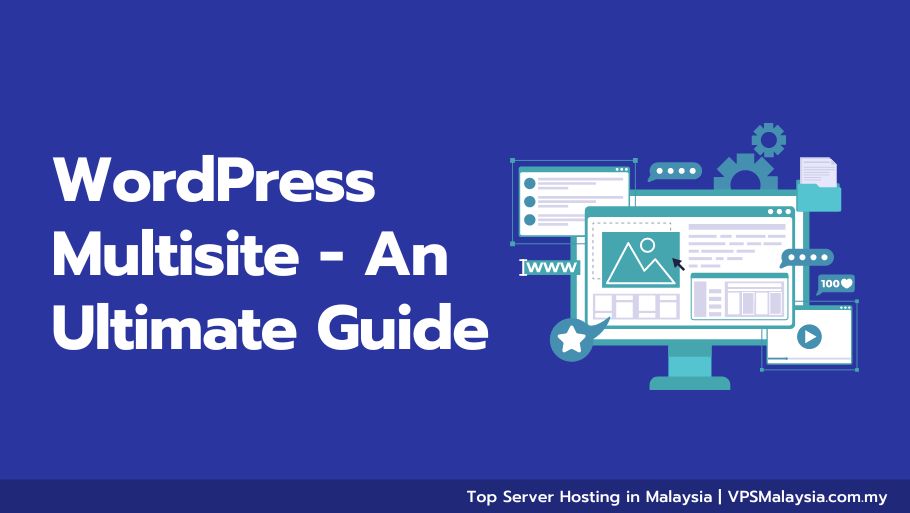
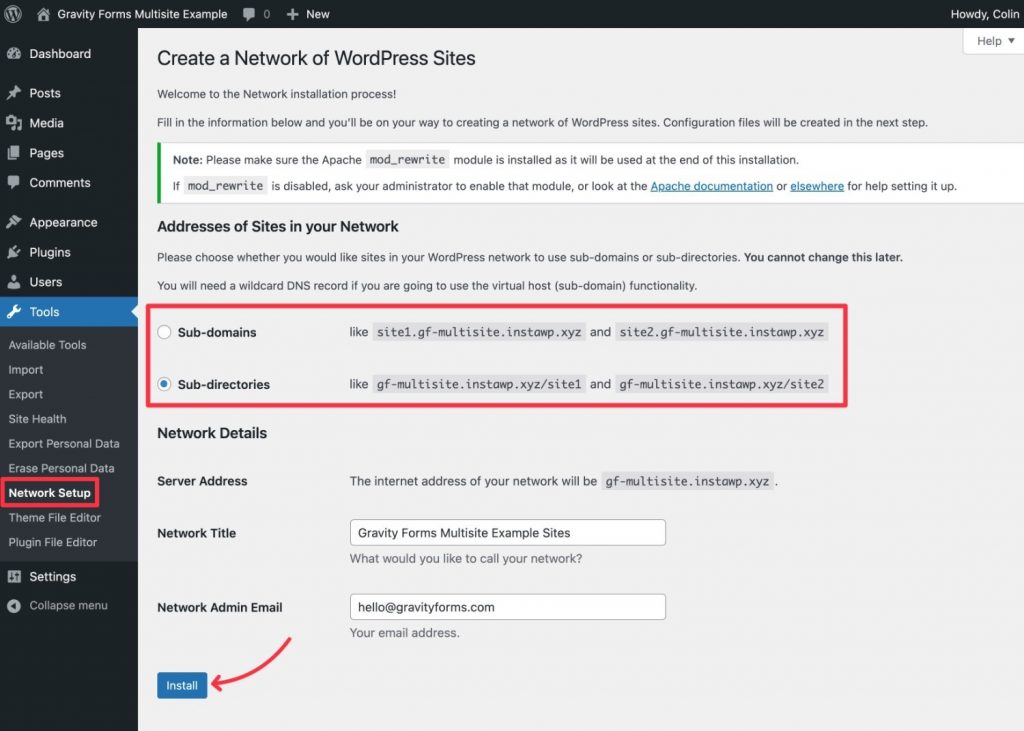
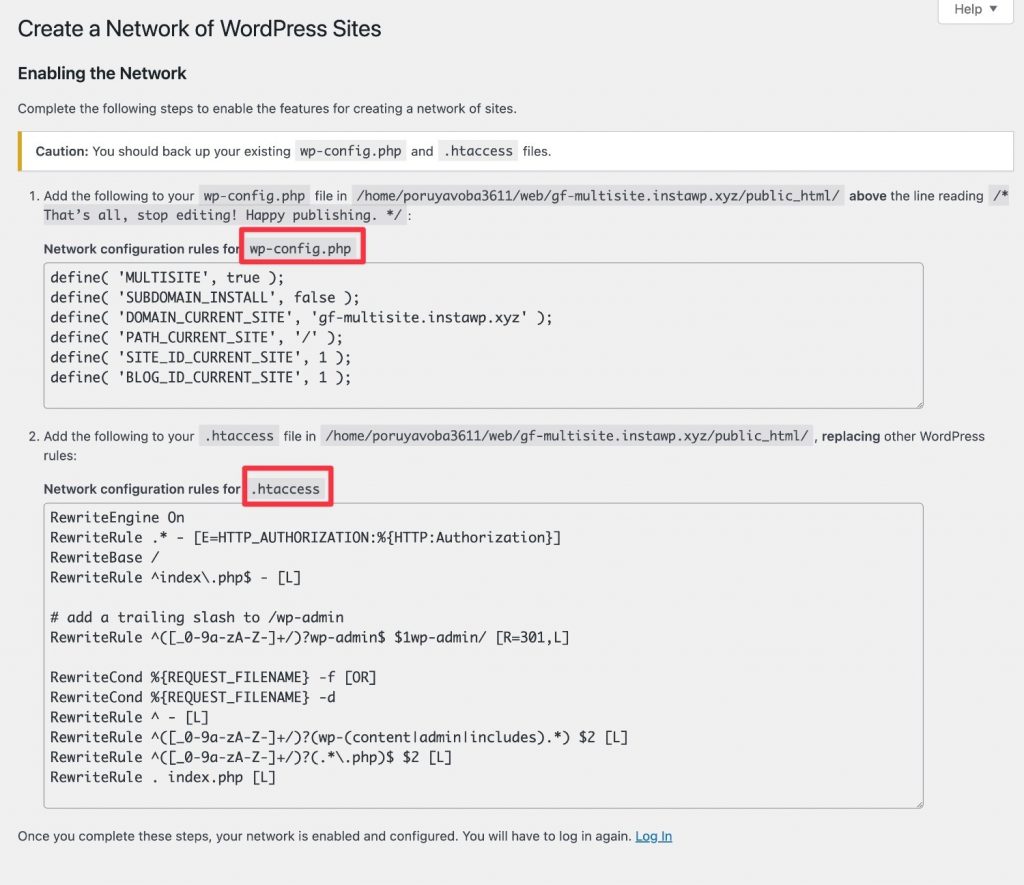
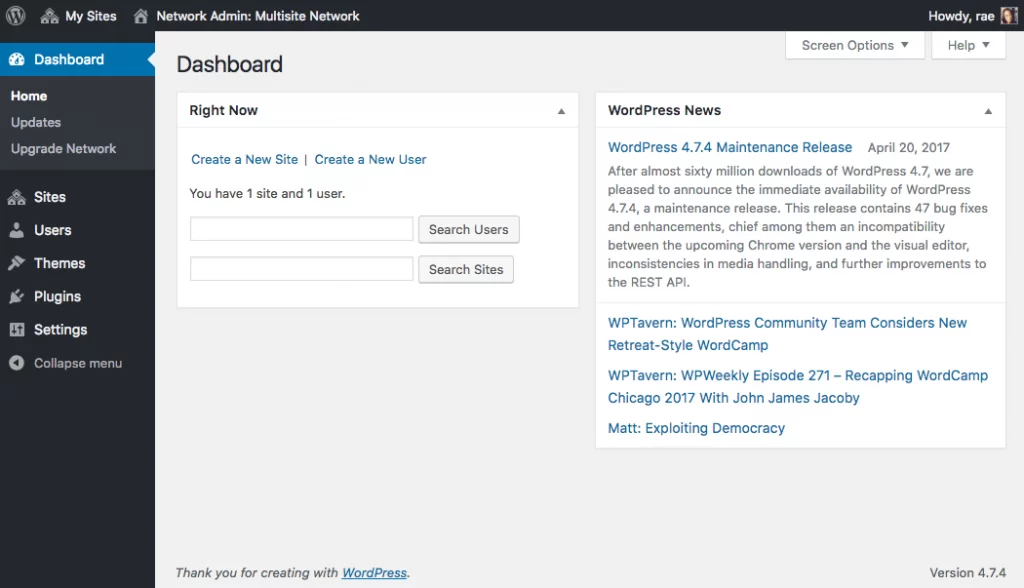
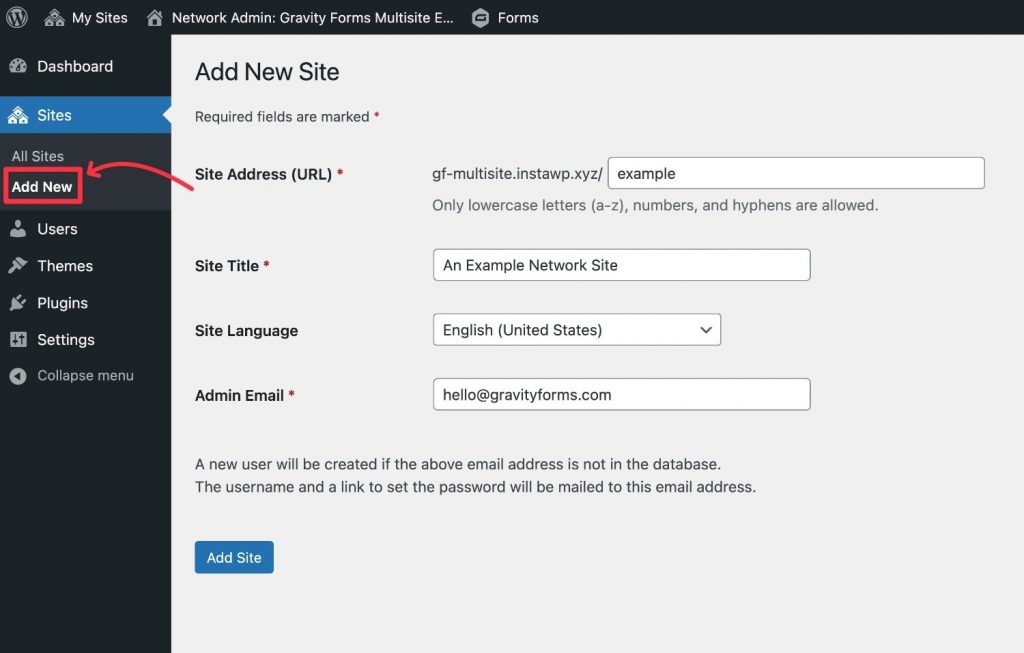
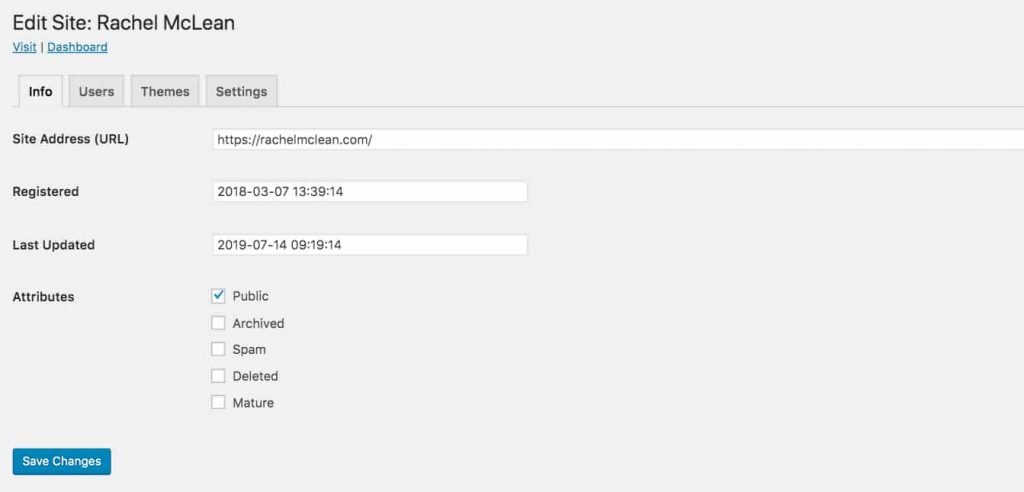
Leave a Reply